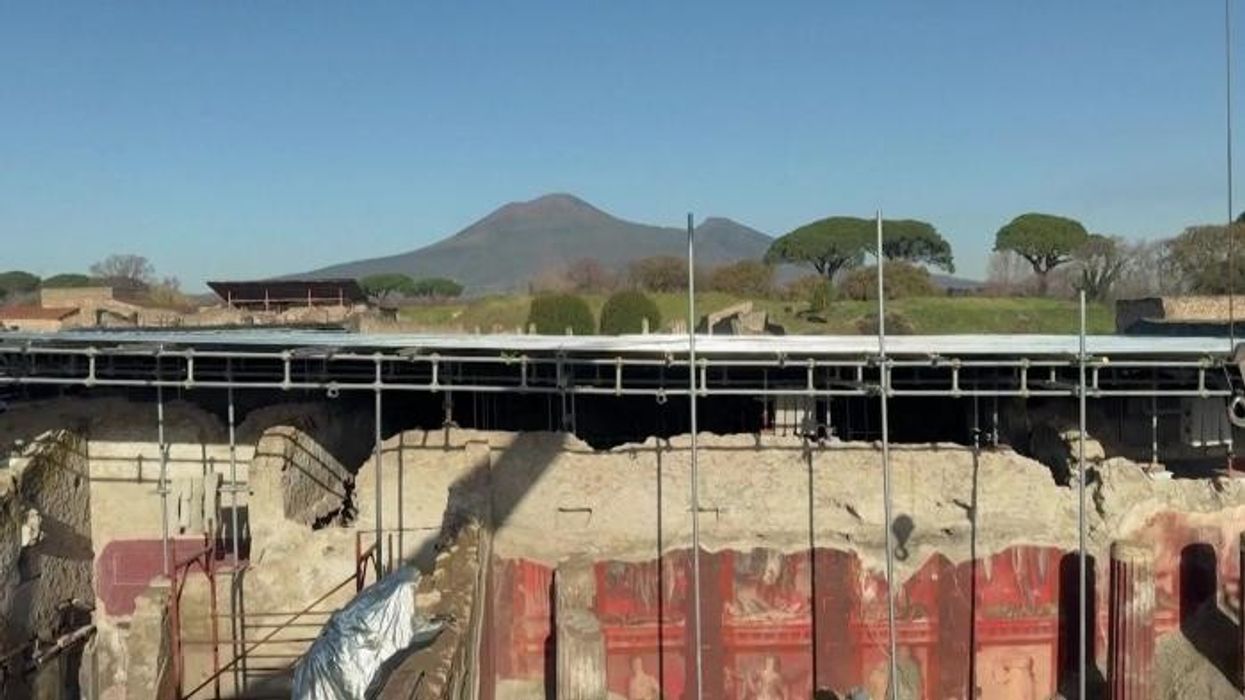Archaeology breakthrough as 2,000-year-old scroll charred in eruption of Mount Vesuvius reveals its secrets

The millennia-old scroll was burned in Vesuvius's pyroclastic flow - but now, its long-lost content can finally be read
Don't Miss
Most Read
An ancient papyrus scroll left "unreadable" after the eruption of Mount Vesuvius nearly 2,000 years ago is finally revealing its secrets.
The scroll was discovered in the remains of a luxurious Roman villa in Herculaneum, approximately 12 miles from Pompeii.
When Vesuvius erupted, the villa was buried under a pyroclastic flow of volcanic ash and mud, leaving the papyrus resembling a badly burnt sausage - black and too brittle to unroll.
Researchers have now used powerful x-ray imaging and artificial intelligence to examine the scroll's innermost layers without physically unrolling it.
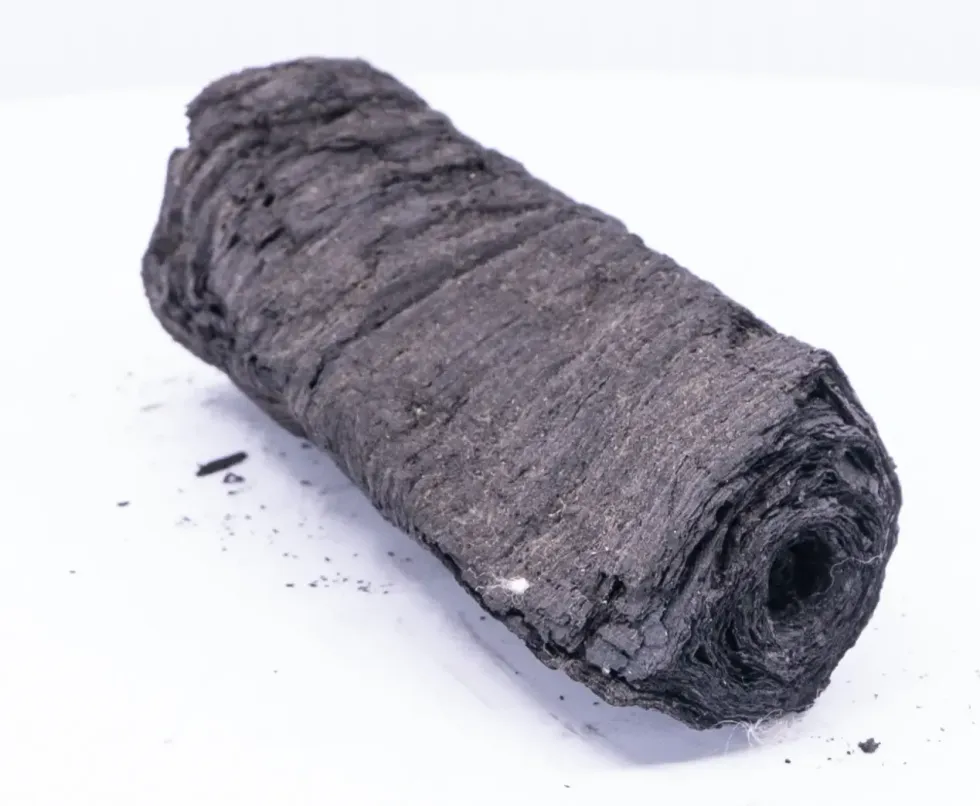
The papyrus resembled a badly burnt sausage after Vesuvius' eruption
|VESUVIUS CHALLENGE
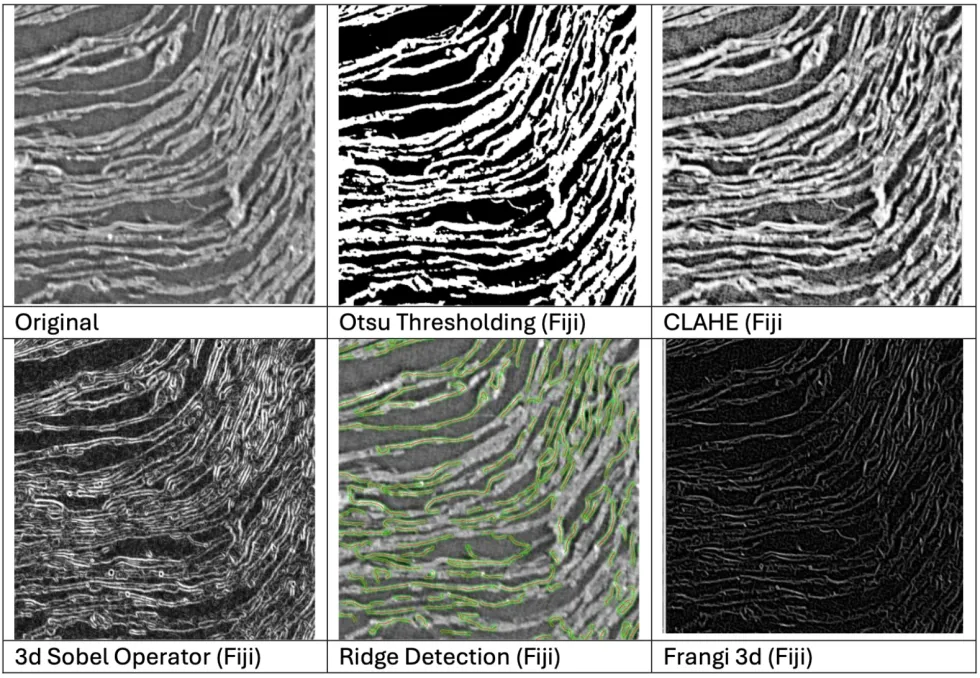
Researchers undertook a process of 'virtual unwrapping' to unlock the scroll's secrets
|VESUVIUS CHALLENGE
This breakthrough technology has revealed that the scroll, known to scholars as "PHerc. 172", was written by Philodemus, a Greek philosopher.
And as a result, researchers are hoping to apply the same techniques to read more carbonised scrolls from the same location.
The scroll's title: "On Vices and Their Opposite Virtues and In Whom They Are and About What," appears to be a guide on living a virtuous life.
Philodemus lived from approximately 110-30 BC and was an Epicurean philosopher and poet from Gadara, in modern-day northern Jordan.
His teachings centred on pleasure as the root of a virtuous life, rejecting abstract logic and formal rhetoric in favour of practical happiness.
MORE ROMAN BREAKTHROUGHS:
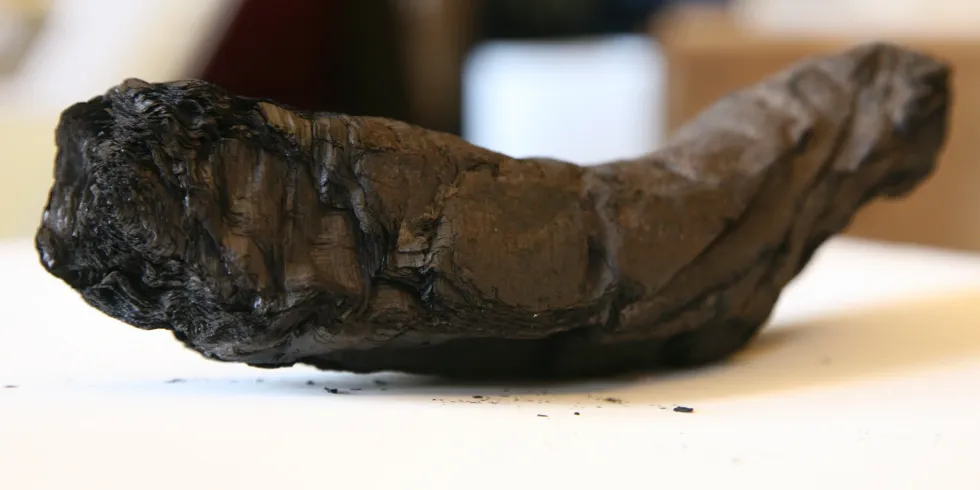
The scroll, known to scholars as 'PHerc. 172', was written by Philodemus, a pleasure-loving Greek philosopher
|VESUVIUS CHALLENGE
The scroll was found in the Villa of the Papyri, a grand residence believed to have belonged to Julius Caesar's father-in-law.
When first uncovered in 1750, the building contained the largest known collection of classical sculpture from antiquity.
But its true wealth may lie in its library - the only one to survive from the Greco-Roman world.
About 800 scrolls have been found so far, but much of the structure remains unexplored.
The title was deciphered by Marcel Roth and Micha Nowak from the University of Wurzburg, who will share a $60,000 prize from the Vesuvius Challenge - which has been encouraging public participation in cracking the ancient texts.
"Finding the full title of a work inside a scroll that has been unread for two millennia is an astonishing achievement," said Richard Ovenden, Oxford University's chief librarian.
LATEST ARCHAEOLOGY NEWS:
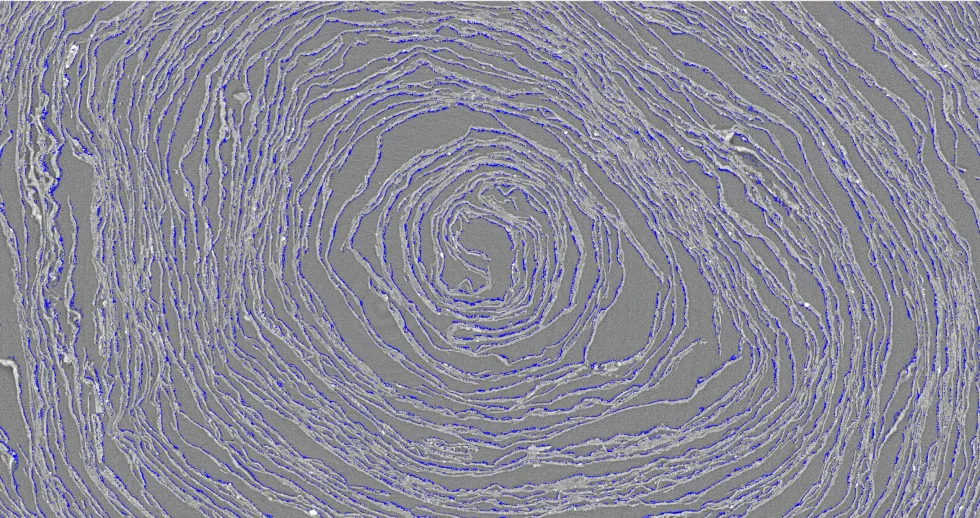
Researchers x-rayed the scroll to find its secrets - and are hoping to apply the same techniques to read more carbonised scrolls from the same location
|VESUVIUS CHALLENGE
"It illustrates the huge potential for AI to transform arts and humanities scholarship, our understanding of the past, and breathes new life into ancient artefacts."
In the early 19th century, PHerc. 172 and five other carbonised scrolls were presented by Ferdinand IV, King of Naples and Sicily, to the future George IV of England.
According to some sources, the royal exchange involved George trading kangaroos for these ancient artefacts.
The scrolls were subsequently transferred to Oxford, where they remain today.


